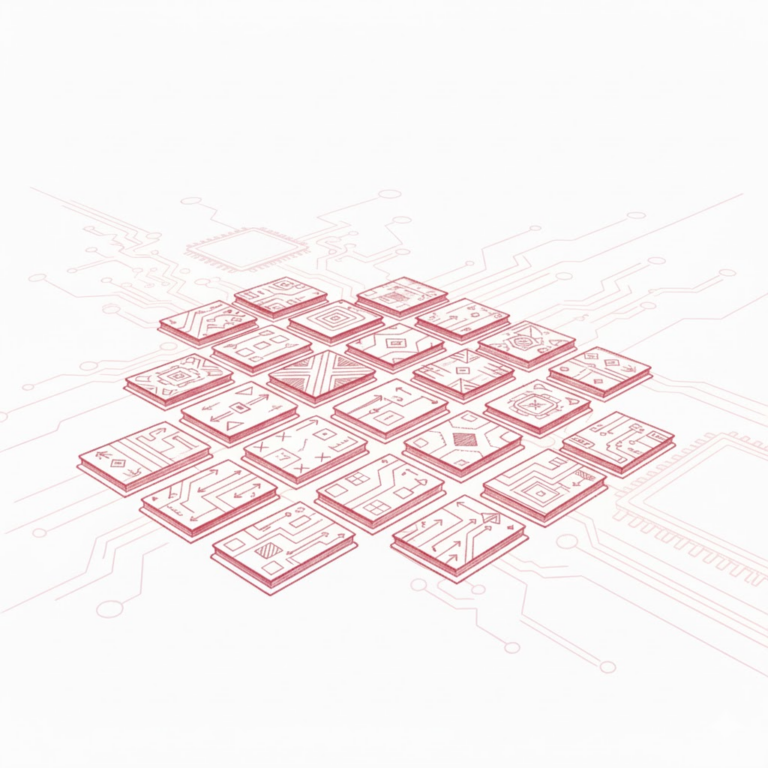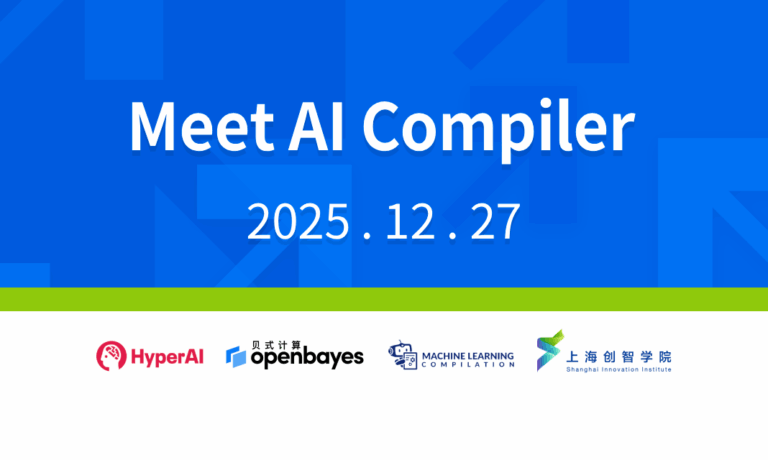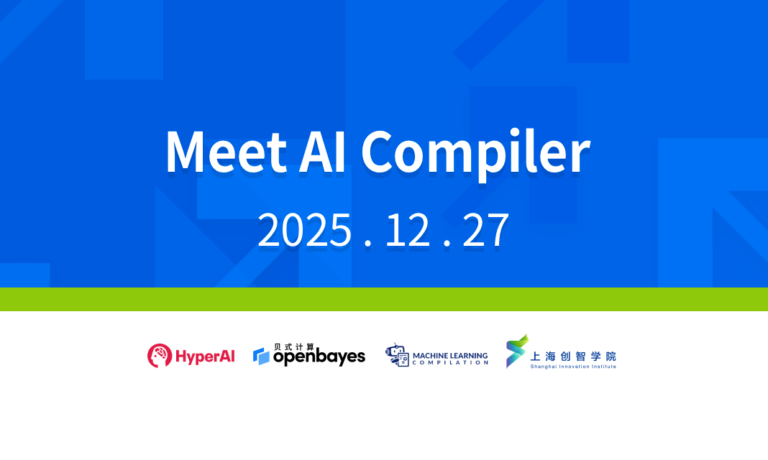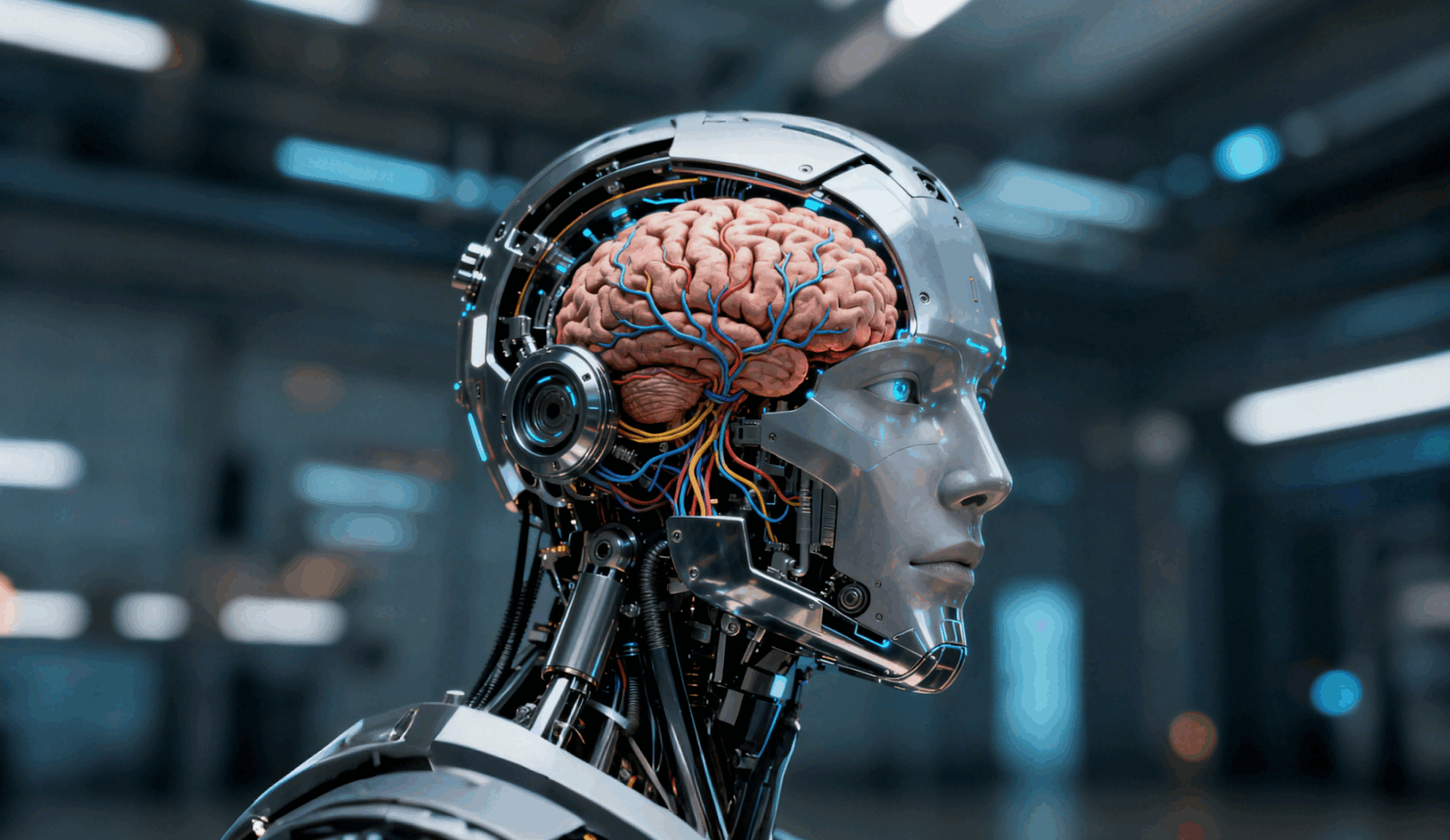Can Apple Still Catch up With the AI Wave?

If you don’t talk about AI at a conference nowadays, you will be out of date. Some netizens once joked that this year’s Google I/O conference will be: Google series products + AI.
The same goes for Apple. There have been no major innovations in hardware in recent years, and it has also been slowly telling its story with AI.
The Apple that Apple fans are eagerly waiting forConcertAt the press conference, Apple launched three new iPhones and Apple watch series 4 at once.
Although the improvements in hardware are unremarkable, it at least realizes the dual-SIM dual-standby function that many people dream of. Let me ask you humbly, do you still have a kidney to sell?

In comparison, the biggest highlight of this conference is Apple’s progress in AI.
The AI-powered chip that tops the dragon-slaying list
The press conference spent a long time introducing the A12 Bionic chip, which is known as the most powerful chip in history and provides sufficient computing power for AI applications.

A12 is the second bionic chip released by Apple. The previous generation chip A11 can be said to have started a trend. What's scary is that A12 has a huge improvement in performance, which is about half higher than the previous generation A11.
The main parts of this chip are a 6-core CPU, a 4-core GPU and an octa-core neural network engine.
The power of the neural network engine lies in its ability to handle matrix multiplication and floating-point processing. It is said to be able to perform 5 trillion operations per second, far exceeding the A11. In addition, the neural network engine will be open to Core ML, and the machine learning capabilities of the A12 chip will be increased by 9 times compared to before, while the energy consumption will be reduced to one-tenth of the original.
The new iPhone, which uses the A12 chip, demonstrates many high-tech operations, such as AI photo-taking applications, motion measurement, shooting scoring, athlete posture estimation, and motion trajectory recording. From these scenes, we can get a glimpse of its powerful performance.
Based on this chip, the iPhone can handle more cool tasks. So how does the iPhone achieve those AI functions?
This brings us to Core ML, the machine learning framework launched by Apple in 2017.
Core ML opens up the Ren and Du meridians
Core ML is a machine learning framework built on languages such as Accelerate, BNNS, and Metal Performance Shaders. It supports many AI technologies, such as image analysis based on computer vision, natural language processing (such as the NSLinguisticTagger class), and the GameplayKit framework for evaluating learning decision trees.

Apple first launched Core ML at the iOS 11 launch event last May. It can integrate machine learning models into mobile apps, improving the running stability of apps while reducing RAM and battery consumption, allowing mobile phones to run AI applications better.

Core ML is used to apply AI models to mobile phones.
Applying the emerging AI technology to mobile phones is a difficult problem to overcome. However, Core ML has been widely used in App development fields such as image recognition, language translation, and object detection. It can be said that it is the key to Apple's integration of machine learning technology into mobile phones.
After Core ML was put into use, Apple successively launched Core ML 2 and the GPU acceleration tool Create ML (used to train AI models on Apple computers).

Core ML 2 is an upgraded version of Core ML, which runs 30% faster, supports 16-bit floating point numbers, and comes with a model converter. This magical converter can be used with Core ML and other machine learning frameworks. Currently supported are Keras, scikit-learn, XGBoost, LibSVM, Google's TensorFlow, Facebook's Caffe, etc. This greatly unleashes their power.
After saying so much, you still don’t quite understand.Let’s start with BeCasso, an image processing software, and see how Core ML enables AI applications to run on the iPhone.
Provides a bonus buff to AI painters
At this year's WWDC conference, Digital Masterpieces demonstrated an app that can achieve image style transfer - BeCasso, which can transform a real scene into an antique-style oil painting. And its operation on the iPhone is thanks to the bionic chip and Core ML.

+

=

BeCasso achieves style transfer through deep neural networks, but the migration process consumes a lot of RAM and computing power, which places high demands on storage and processors. When conditions are not mature, BeCasso can only perform style transfer on low-pixel images.
The Core ML framework gives it the opportunity to run on mobile phones. Core allows BeCasso to optimize memory while running, freeing up a lot of available space, while the bionic chip can provide it with sufficient computing power. BeCasso can complete style transfer for a large ultra-clear image within one second. It is not difficult to speculate that the performance is estimated to be even better on the new iPhone.
Apple's AI ambitions
In addition to AI chips and the machine learning framework Core ML, Apple has put a lot of effort into the development of AI in recent years.
Siri voice assistant has gone from being criticized to being the most improved voice assistant. Especially after Apple acquired Workflow in 2017, it integrated it with Siri and launched the powerful Siri Shortcuts application. It can open third-party apps by voice, and its intelligence and operability are amazing.
In February of this year, the long-awaited smart speaker HomePod was equipped with spatial monitoring technology and Siri assistant. Its "Spatial Awareness" can intelligently detect the space and adjust the audio quality.

Face ID is nothing new. It is secure, fast and easy to use. Apple's powerful camera system, secure enclave and neural network engine and other sophisticated technologies have brought new ways to unlock, log in and pay.
In addition, there is also the augmented reality development platform ARkit, which was shown at this conference. It is suitable for iPhone and iPad platforms, using the camera, CPU, GPU and motion sensor in the device, and relying on the huge iOS user base, it has formed the world's largest AR platform.

Of course, Apple’s biggest move in recent years has been in the reserve of AI talent.
For example, in April, it recruited John Giannandrea, the former head of Google AI.
As Apple continues to launch AI technologies, the development of AI models on mobile phones has shown encouraging progress. The next limitation on AI application development will no longer be computing power and RAM, but the lack of more AI models. In this regard, Apple's cloud service has a lot to offer, as it can help developers build AI models and provide the data needed to train these models.
As for what else Apple will bring us, we can only wait for the next press conference. (Continue to complain?)
Back to Apple's press conference, no matter how people complain, it is still a gorgeous show. Even Huawei's boss sent a meaningful Weibo after Apple's press conference, saying "it's stable."

But this cannot stop the enthusiasm of the general public. After all, they still want to watch the Spring Festival Gala, ah, watch the Apple conference.
Originally published on WeChat official account: HyperAI








